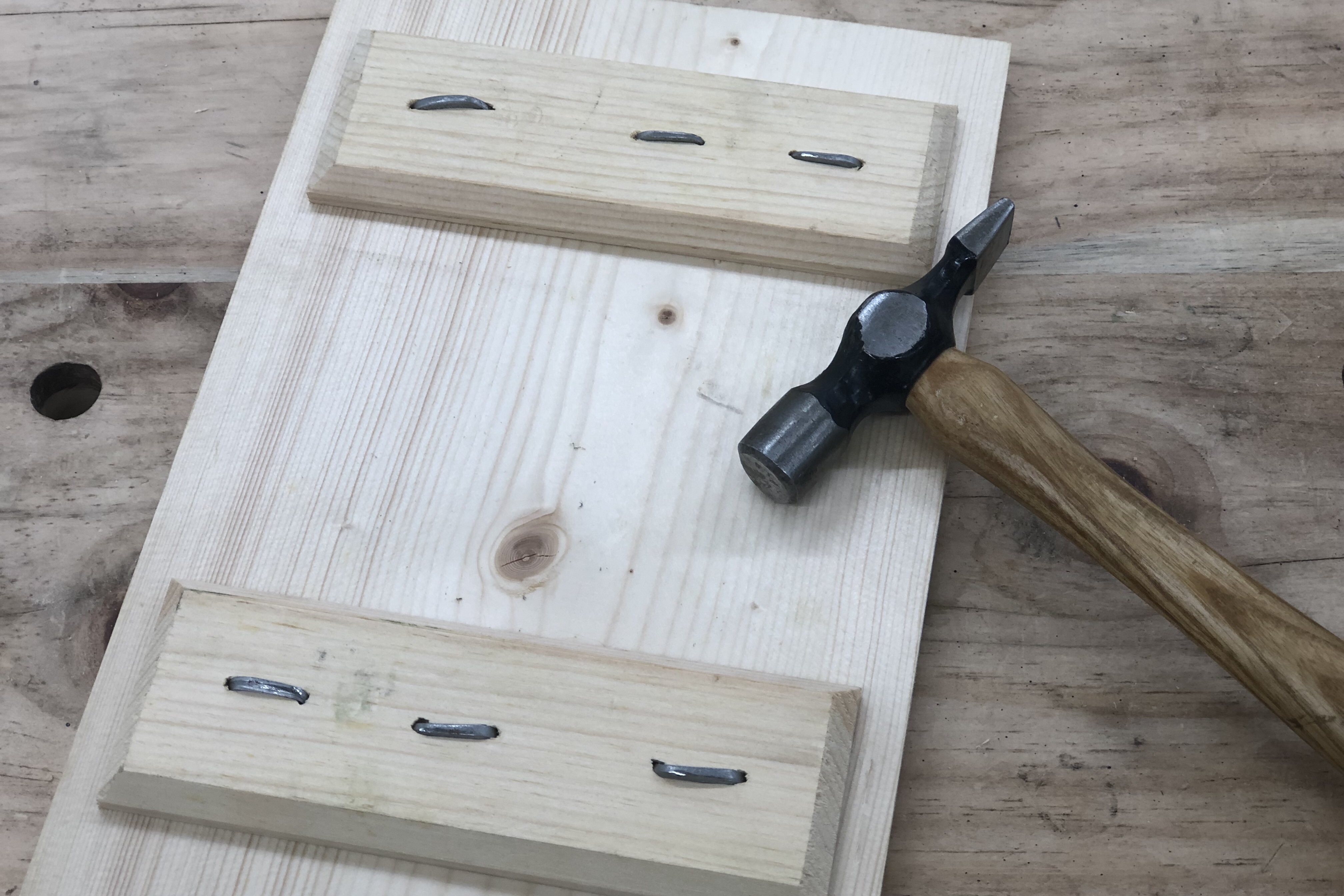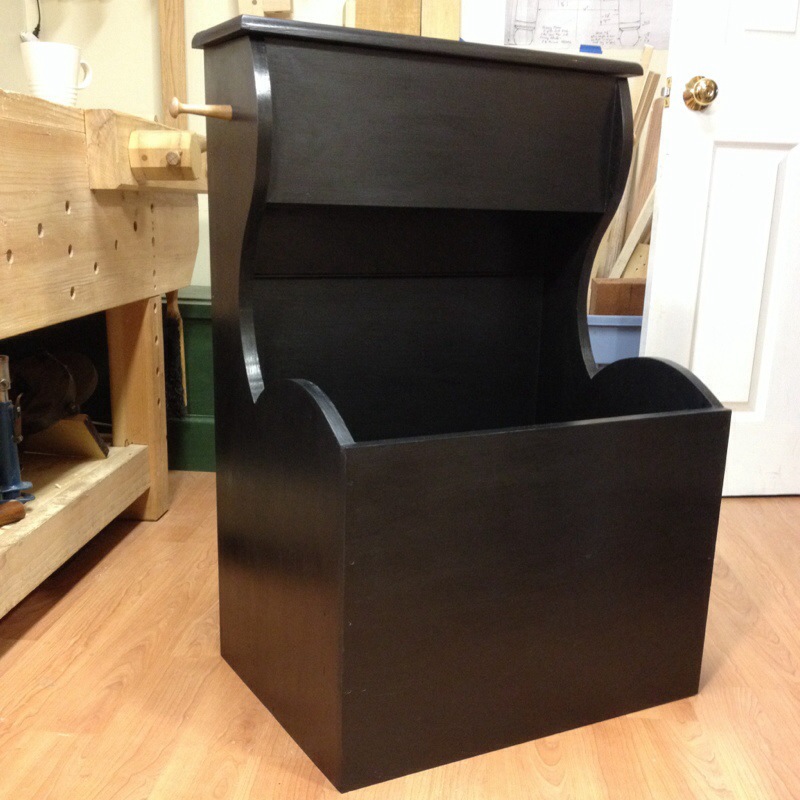
Clenching (or Clinching) Cut Nails
Contrary to what many of the woodworking books and magazines would have us all believe, not all of the furniture and cabinetry of old was built using dovetails and mortise and tenon joinery. In fact, it’s likely that the majority of the furniture of pre-industrial America was simply nailed together. The fancy brown and red joined furniture that we see in so many museums cost at least as much as (or more likely, significantly more than) it does today (relatively speaking) and was really only afforded by the wealthy Gentry. The working class folks within the city limits, and their rural cousins, most likely made do with much less refined furnishings (and fewer of them to boot).

While little rural vernacular furniture tends to survive today, it’s almost certain that these pieces vastly outnumbered the fancy stuff. The difference between the fancy furniture and the rural stuff, however, is that the fancy stuff was preserved by the rich while the rural pieces were likely either disassembled and re-purposed as they wore out, or they were burned in wood stoves for cooking and heating once inexpensive, mass produced furniture became available and the less well to do could finally afford to “upgrade”.
One of the downsides to nailed construction, however, is that with seasonal movement of the wood and frequent use of the item, the nailed joint could start to open up a little. This may not be a big deal for something like the box above. One could simply re-drive the nails to tighten things up a bit. But in the case of a board and batten door, for example, just nailing a batten to the back side of the door would only prevent the door board(s) from cupping for so long. Sooner or later, the nails won’t hold as well and the door will cup. The solution is to clench (or clinch) the nails.

In layman’s terms, clenching a nail simply means to drive a long nail through a board, bend it over, and drive it back into the board so that it acts like a staple. There are multiple ways of achieving the effect. The fastest, albeit the least predictable, is to place the board on a flat steel surface and drive the nail at a very slight angle through the board with a good deal of force. When the nail hits the steel, it will bend around and continued driving back into the rear face of the board.
The downside to this method is that you can’t really control how the nail will bend with any kind of precision so you end up with nails bent every which way. My preferred method, though slower, ensures that the nails bend where I want them to and are driven back in where I want them to as well.
Check out the video below to see how I do it.
Tag:Nails
